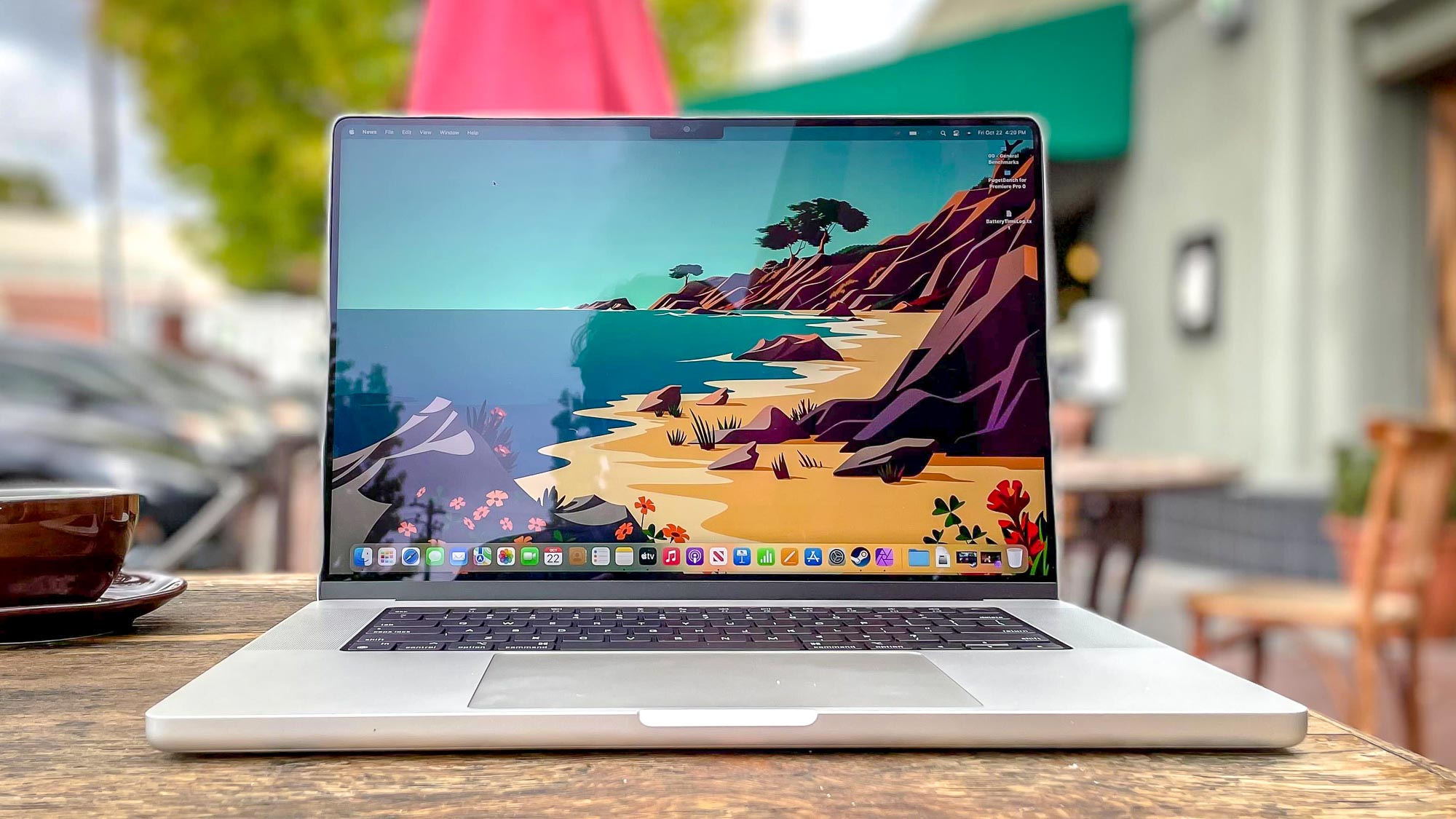Samsung has already excelled in book-style and clamshell designs and is now exploring various foldable and rollable concepts. A recent patent has unveiled the company's most ambitious idea to date: a quad-fold device featuring three hinges and four panels, which pushes the limits of foldable technology. This patent illustrates a device composed of four horizontal panels connected by three hinges, all encompassed within a single foldable screen.
Accompanying illustrations suggest the creation of a quad-fold smartphone—Samsung's most daring concept thus far. However, it is still in the early stages; this may be a preliminary draft, subject to modifications, or even a strategic patent acquisition to secure the idea for a future when technology and market demand are more favorable. The filing also describes a tri-fold phone, which consists of three panels and two hinges, equipped with a USB-C port and a triple-camera system.

This design appears refined and may be linked to the dual-hinge concept teased during Galaxy Unpacked 2025. While the tri-fold seems more feasible, the ambition of the quad-fold captures greater attention. Samsung's journey in the foldable market began over six years ago, and this patent reinforces its position ahead of competitors like Apple, which has yet to venture into foldable devices.
The South Korean tech giant's continuous innovation in the foldable format—from the original Galaxy Z Fold to this quad-fold concept—ensures it remains at the forefront of the industry. Nevertheless, it is important to note that neither the tri-fold nor the quad-fold devices have an official launch date, and the latter may remain a concept for several years before becoming a reality. Recently, two different variants of the tri-fold have been identified in the GSMA database, with model numbers SM-F9680 (likely the Chinese version) and SM-F968N (potentially the South Korean variant), indicating that availability may be restricted to these two markets.
.
Technology

Beyond foldables: Samsung might be working on a quad-folding phone

Samsung has already excelled in book-style and clamshell designs and is now exploring various foldable and rollable concepts.














